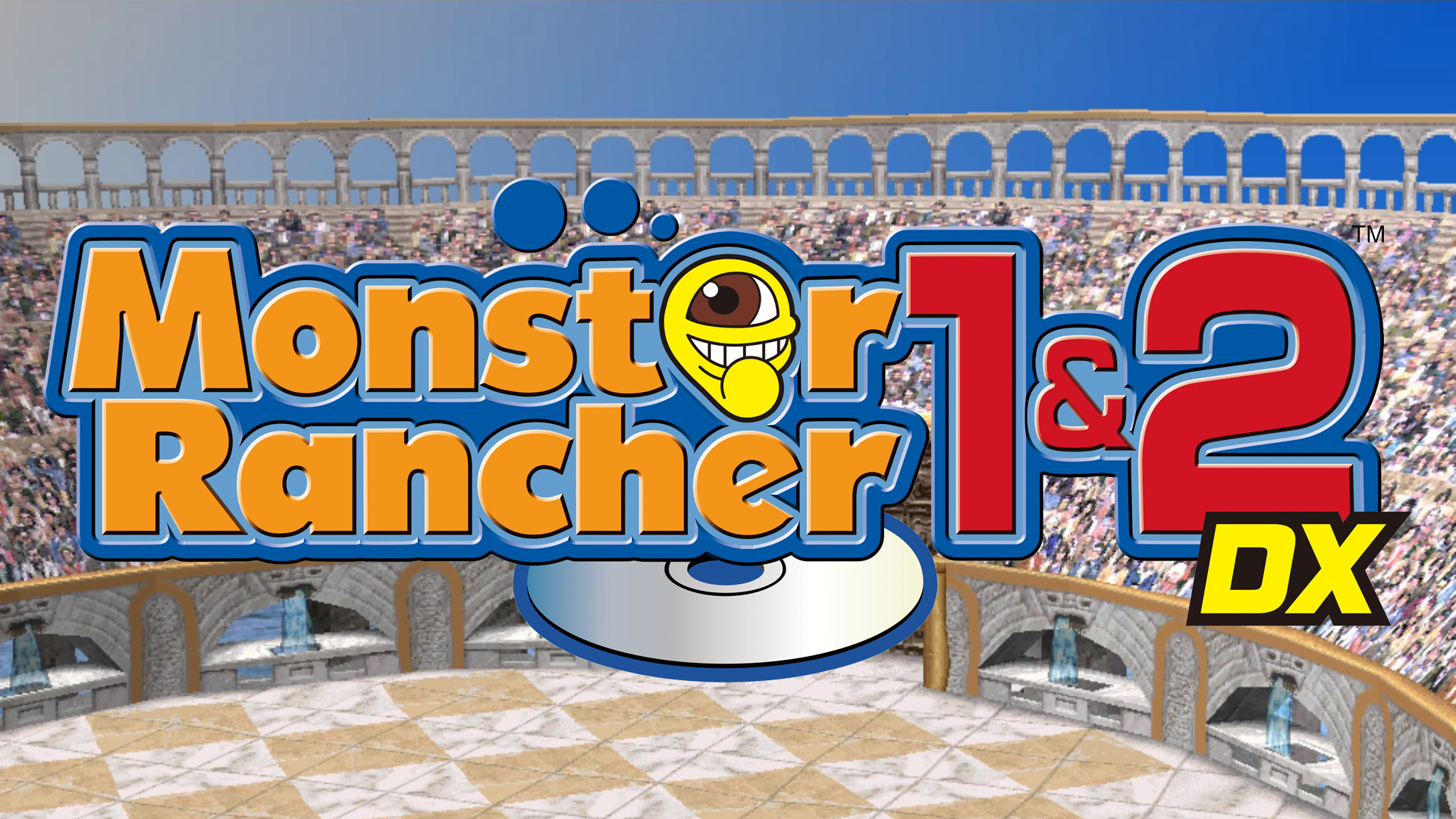
Monster Rancher 2 is one of those games that I can’t help but find myself revisiting over and over again throughout the years. When a friend of mine showed me the game for the first time back in 1999, I was immediately fascinated by its concept of generating monsters to train and battle with by inserting random CDs into my PlayStation.
At long last, my parent’s collection of country music CDs finally had a purpose. Beyond music CDs, any CD at all would generate a monster of some kind. That included other PlayStation games, PC games, and everything else. For example, my friend had an HP printer driver CD that would generate a Phoenix.
Monsters like these are often initially restricted from use until the player has used common monsters to progress a certain amount into the game. Hours spent testing stacks of CDs was filled with disappointment at being told that I’m not allowed to use the rare monster locked inside the disc, but that also bolstered my determination to work towards meeting the requirements.
Editor’s Note: I found out after the release of the game that it is using the shorter life spans for monsters that was present in the original Japanese release as well as the Japanese port from last year (100 weeks shorter life span as compared to the North American PS1 release.) I didn’t even notice this while playing the pre-release copy because I was utilizing some of the best training methods available that prevent unnecessary loss of life, which you can find documented on the Legend Cup fan site.
This is a review coupled with a supplemental video review. You can watch the video review or read the full review of the game below.
Monster Rancher 1 & 2 DX
Developer: Tecmo
Publisher: Koei Tecmo
Platforms: Mobile, Nintendo Switch, Steam
Release Date: December 8, 2021
Players: 1
Price: $29.99 USD

That is the first phase of Monster Rancher addiction, and it only gets stronger from there. Not only do you have to uncover the mystery of how to obtain every rare monster, but you have to figure out how nearly every system in the entire game works too. Training style, monster loyalty, stats, behavior, form, likes, dislikes, nature, techniques, training, fighting, so on and so forth.
Every system has the exact details of its function hidden away from you, and they all inevitably interact with each other along the way. It’s taken a very long time for the community to piece together an accurate picture of exactly how every system works, and how best to manage them.
The franchise continued on for a while on various other systems, but has been dormant for the last decade or so. Now, Koei Tecmo is bringing it back to some degree, by porting Monster Rancher 1 and 2 to smartphones, Nintendo Switch, and PC on Steam.
One thing to note for anyone in Europe with little to no familiarity with the series, Monster Rancher 1 was never released in your region, instead Monster Rancher 2 was released as just “Monster Rancher.” It wasn’t a huge loss in my opinion, as Monster Rancher 2 really does eclipse the first game in every conceivable way.
In particular, the graphics are massively improved, right down to the new fully rendered 3D environments for the ranch and the training sequences (though I will admit the sprite animations in the first game are pretty adorable.)
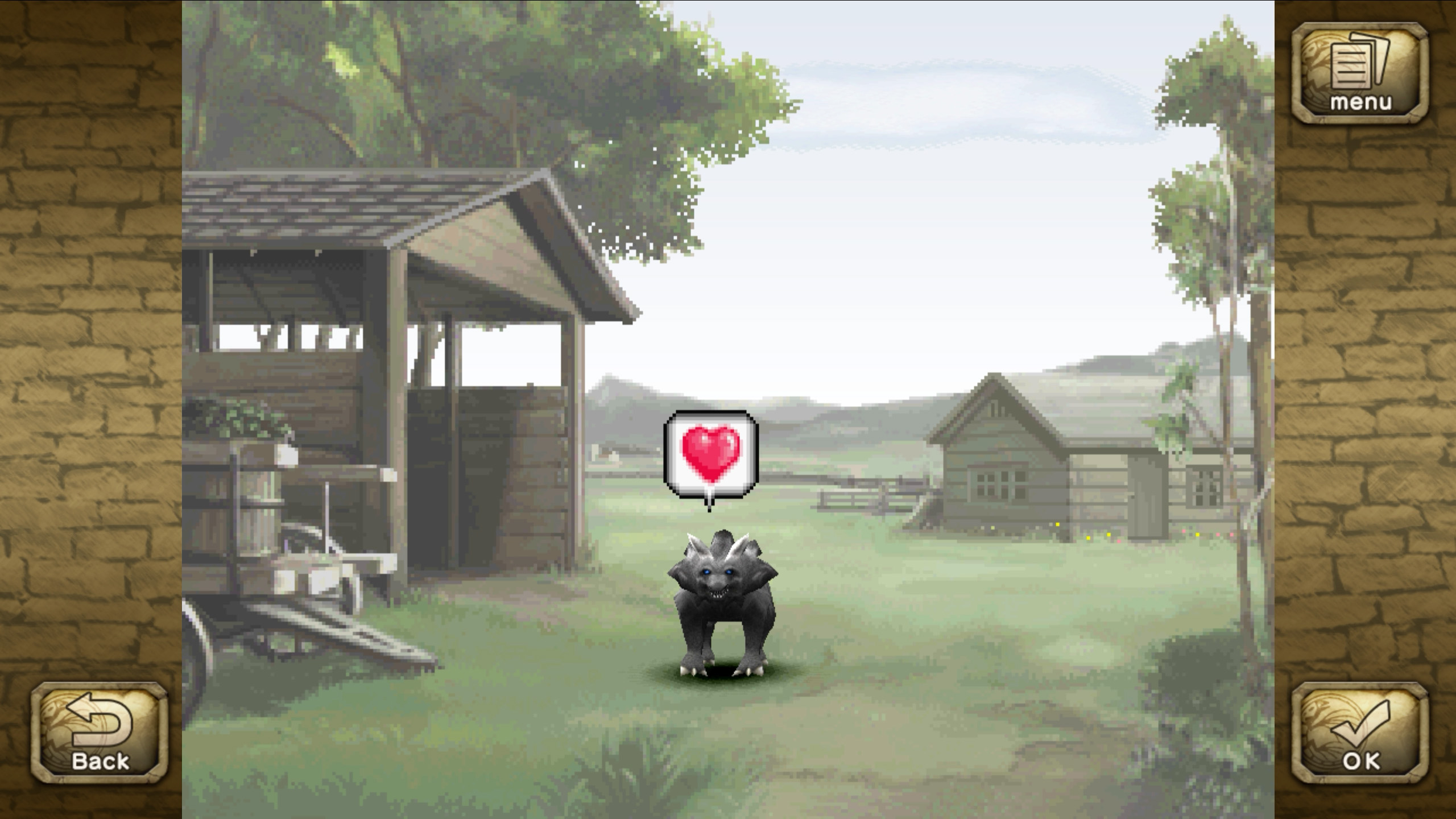
Music, sound effects, game mechanics, monster variety, monster balancing, and everything else you can think to name were unquestioningly improved in the sequel. I am glad to see that the first game comes along for the ride with the DX release, but unless you really are a die hard fan of the first game I suspect the majority of your time will be spent in the sequel.
For me, the main reason I have ever spent any length of time in the first game was when I wanted to train a monster in it and then use the save data from that to generate a monster in the sequel.
A portion of the stats gained in the first game will carry over, and can make for an incredibly solid starting monster when doing so. I once had an entire family of Golems that started their lives being generated from a fully trained Golem in Monster Rancher 1.
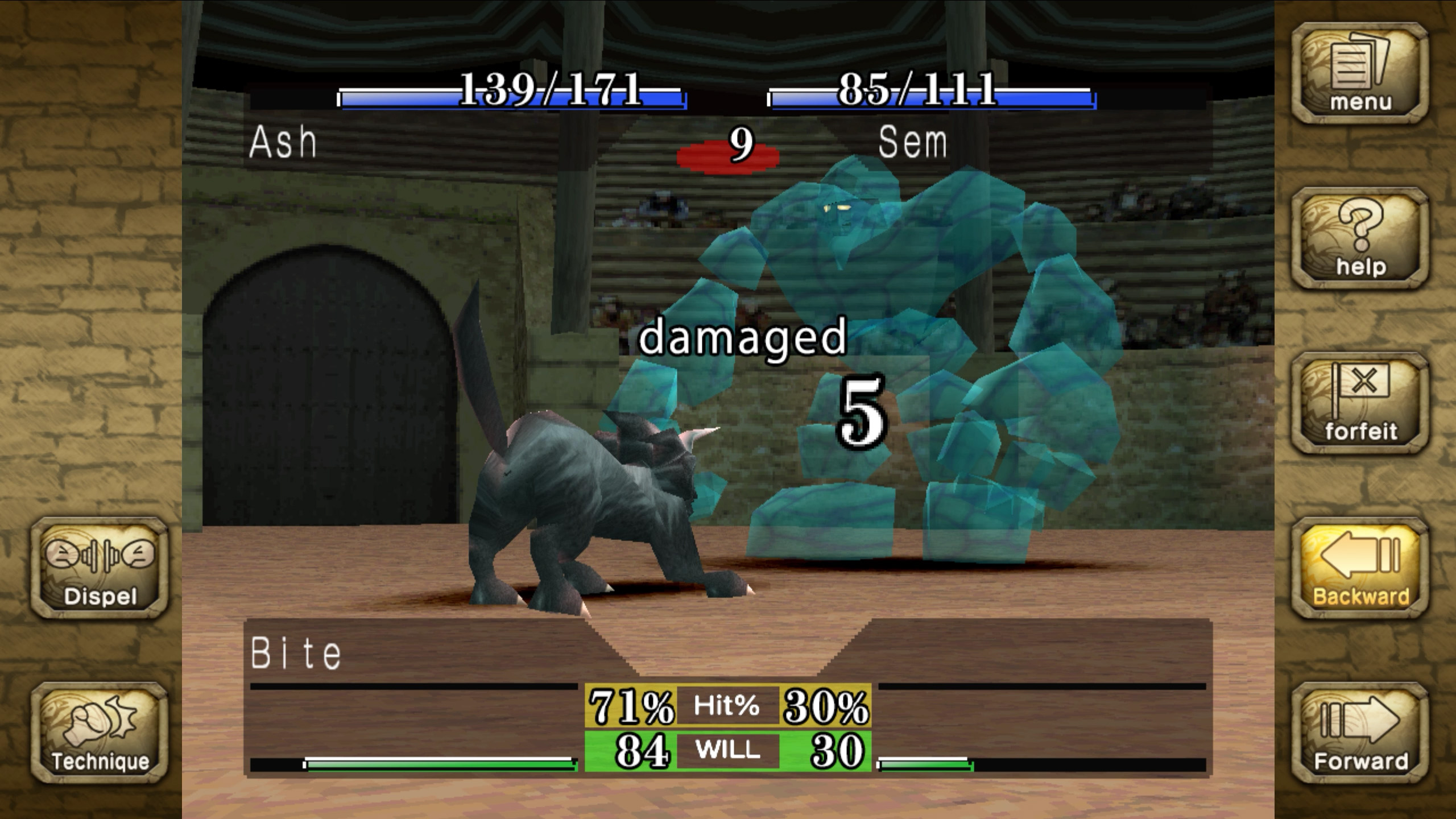
The DX port of these games has brought along with it some bug fixes, small changes, and new features. Monsters that were previously unable to learn certain techniques can do so now. Errantry no longer reduces the lifespan of your monster by an unintendedly large amount.
Bugs related to the progression of time, such as the one that could prevent you from obtaining the “Mysterious Seeds” needed to obtain a Mock have now been fixed. In the original game, it was possible to exploit Magic Bananas to dramatically extend the lifespan of a monster to unintended lengths.
In DX, the Magic Bananas have been changed to lower stress and fatigue levels of a monster instead. The new Magic Bananas can now be worked into a very efficient training routine that prevents a loss of lifespan that normally occurs if too much fatigue or stress is accumulated.
Previously, the AI that controlled monsters would not normally attack if their guts level was below 45. In DX they now attack at any time, provided that they have enough guts for the cost of an attack, and can often make them feel more aggressive overall.
You can now purchase multiple items at once in the shop, and duplicate items stack in the inventory instead of being individually listed. Previously unobtainable monsters have been made available.
When monsters would fight, the damage calculations the game made only took into account the level of each stat, and not the actual individual numbers presented. Now the damage calculation will take into account more granular differences in stat values.
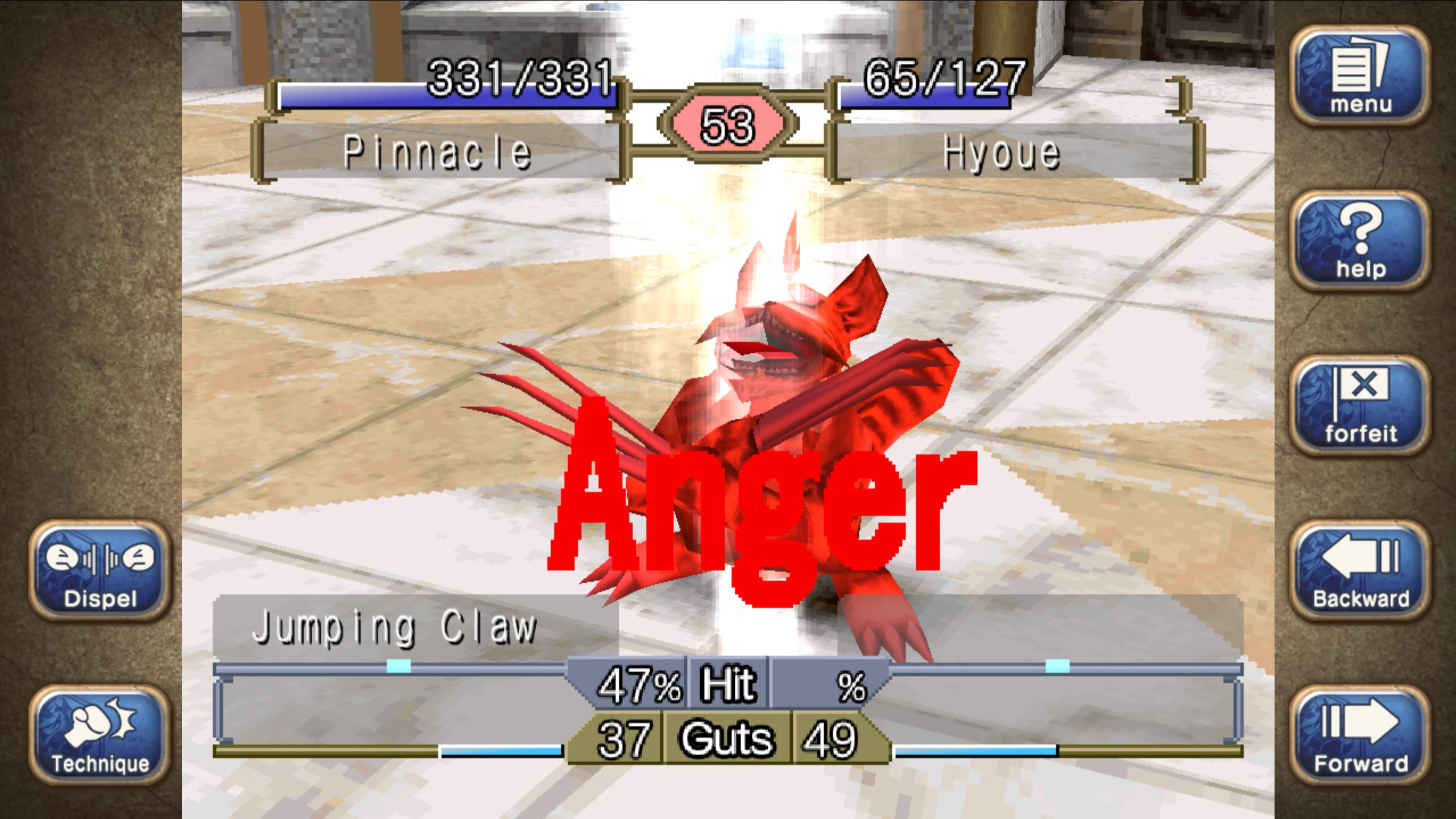
Additional freeze slots have been added to allow you to store more monsters. A new training record has been added to the monster data to allow you to double check the recent history of actions taken while raising your monster.
An online ranked and random battle system has been implemented, though it does not allow direct player-versus-player combat to occur sadly. Instead, you fight against the AI that’s controlling an uploaded monster, or the AI controls both monsters during the fight.
By default, Monster Rancher 2 has a remake of the game’s music selected, with the option to use the original music instead. I vastly prefer the original music, and generally view the idea of remaking music that was already CD quality on the PlayStation to be rather pointless.
Due to the nature of porting the games to handheld devices, something had to be done about how players would now generate monsters while lacking access to a CD drive. Even on PC most people consider optical media to be a format that is dead and buried.
To solve this problem, an in-game database of CD metadata has been included, and is searchable by title and artist. The exact list of entries in the database and the monsters they result in is not yet known, so it will be up to players to experiment with it and find out for themselves.
However, I can tell you right now that the album Mellow Gold by Beck in the database unfortunately does not generate Moo, so don’t bother trying.

Lastly, a fast forward mode has been added that runs the internal game logic at two times the normal speed. This is excellent for speeding up the training of monsters and generally navigating through the menus.
Though it is odd that the “skip” function for training sequences that was present in the original North American version of the game is now missing. Even with the fast forward function I would still appreciate seeing this feature return.
At this point I should talk about the more technical details of the port. Specifically, I am reviewing the PC version on Steam, but it’s obvious from the start that this was originally focused on being a smartphone port first and foremost, with the additional porting to Switch and PC coming second and probably third respectively.
The most obvious sign here is that the on-screen buttons intended for touch screens are also displayed on PC, and outside of playing on a tablet that runs Windows or a laptop with touch screen functionality, this is pointless and doesn’t need to be shown.
I hope an option to disable these outright is added in the future. If you are playing exclusively with a mouse for whatever reason, you can do so with these buttons I suppose, but every time you click there is an obnoxious flashing animation that plays, which I’m sure is sensible on smartphones, but is another thing that should be made possible to disable.
When you open the launcher and go to the Keyboard/Resolution settings, you are greeted with the most mid-2000s-emulator-esque settings menu I’ve ever seen in a PC game. Yet, it’s somehow even worse. If you intend to play with a keyboard instead of a mouse or a controller, rebinding keys is done by assigning them through a drop-down menu of all things, instead of just asking the user to press the key they want to bind to.
The windowed resolution options are limited to between 480p and 900p, and when selecting full screen you don’t get a true full screen but instead a borderless windowed mode. It wouldn’t surprise me at all if I were to find out that the reasoning for all of this is that what we’re looking at here internally is just a standalone PlayStation emulator with extra features added to it.

The previously mentioned fast forward feature that lets you double the internal game logic is something that can be done in emulators, though DX has a distinct advantage in that the music and sounds are not affected by this fast forwarding, making for a much more pleasant experience versus the emulation equivalent.
The internal resolution of the game is independent of the windowed or full screen resolution, and is running at 960x720p, which is three times higher than the original native resolution. Actually, it’s slightly even higher than that.
On PlayStation the resolution was 293x240p, and the game was ever so slightly squashed into what amounts to roughly a 6.1×5 aspect ratio, instead of the 4:3 aspect ratio of a proper 320x240p resolution. DX does not have this slight squeezing of the aspect ratio, so when it’s tripling the resolution it’s doing so from a 320x240p starting point, a small but appreciated upgrade.
You might be wondering why they haven’t given the option to multiply the internal resolution even higher, and I suspect there are a few reasons: it would be largely pointless to do so on smartphones; the native resolution of the screen on Switch is 720p, making it a pixel perfect match for it.
Due to the way graphics were rendered on the PlayStation, attempting to emulate the game at extremely high resolutions tends to highlight the lack of precision in its positioning of vertices. You’ll know this as the PlayStation’s signature “jiggly polygons.”
By restricting it to three times the original resolution, it likely strikes a happy medium between improving visual quality without making the jiggle too extreme. Some modern emulators are able to correct for this problem, but it’s unlikely Koei Tecmo would be willing to go through the effort of coding this functionality themselves, and obtaining the existing technology from the open source emulator scene for commercial use must be out of the question.
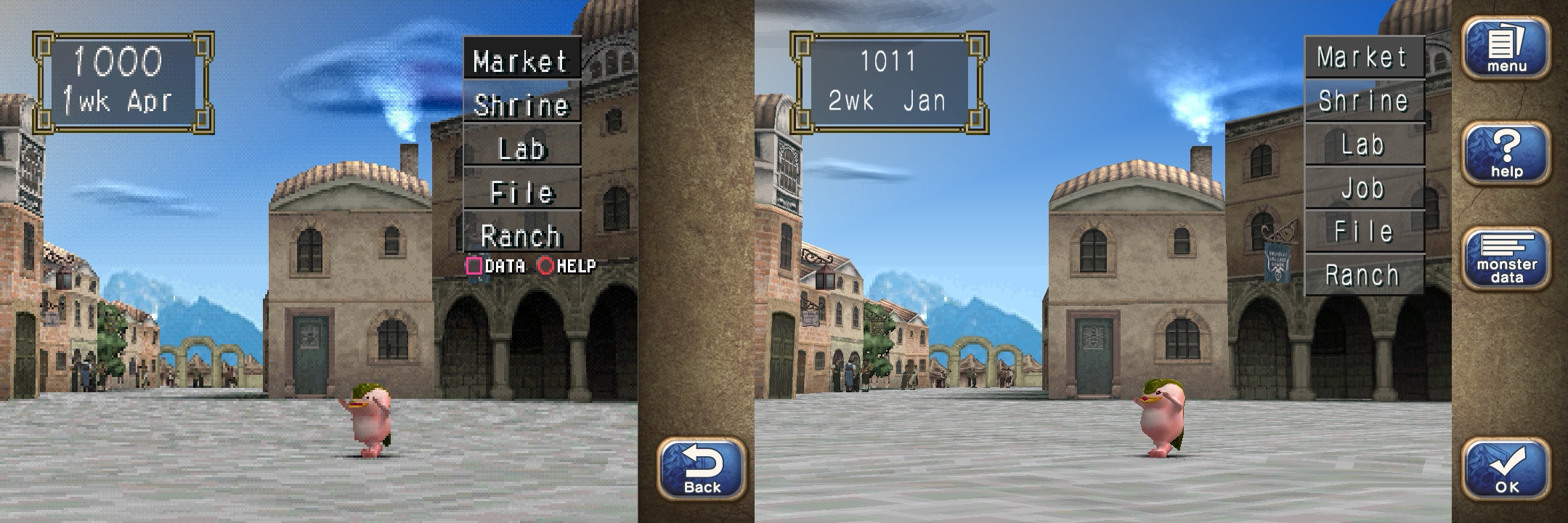
The last question pertaining to visual quality is that (whether this truly is emulation or not) how faithfully does it render the game compared to the original? Specifically, are there any noticeable rendering issues that were not previously present.
Among the list of things that were fixed in this port, they do claim to have fixed graphics bugs along the way. Upon loading the game for the first time, I knew immediately that the first thing to check would be the rendering of the default Suezo you can get from the game’s market.
Even on original PlayStation hardware, Suezo’s teeth always had an issue of being partially visible outside of his lips, though the error only amounted to a few pixels, and was hardly noticeable. Sadly, in DX it seems that his teeth have become more visible than ever. Perhaps it’s time to call an orthodontist to correct the issue.
Lastly I must mention that I did encounter one point in Monster Rancher 2 where I had a semi-repeatable crash to desktop issue with my pre-release version of the game. This was after playing for about twenty-four hours total, and I was attempting to enter an elimination style tournament while the fast forward feature was enabled.
Every other tournament I had entered up to that point did not have any issues, but this one liked to crash during the opening animation if fast forward was enabled. Disabling it allowed me to progress past the crash point.
Shortly after experiencing this crash, I was informed that an update was going to be available the day before the game’s launch, which I assume is merely the final build for the release. I do not yet know if the crash was somehow specific to only me, or if it was experienced elsewhere and is resolved by the update.
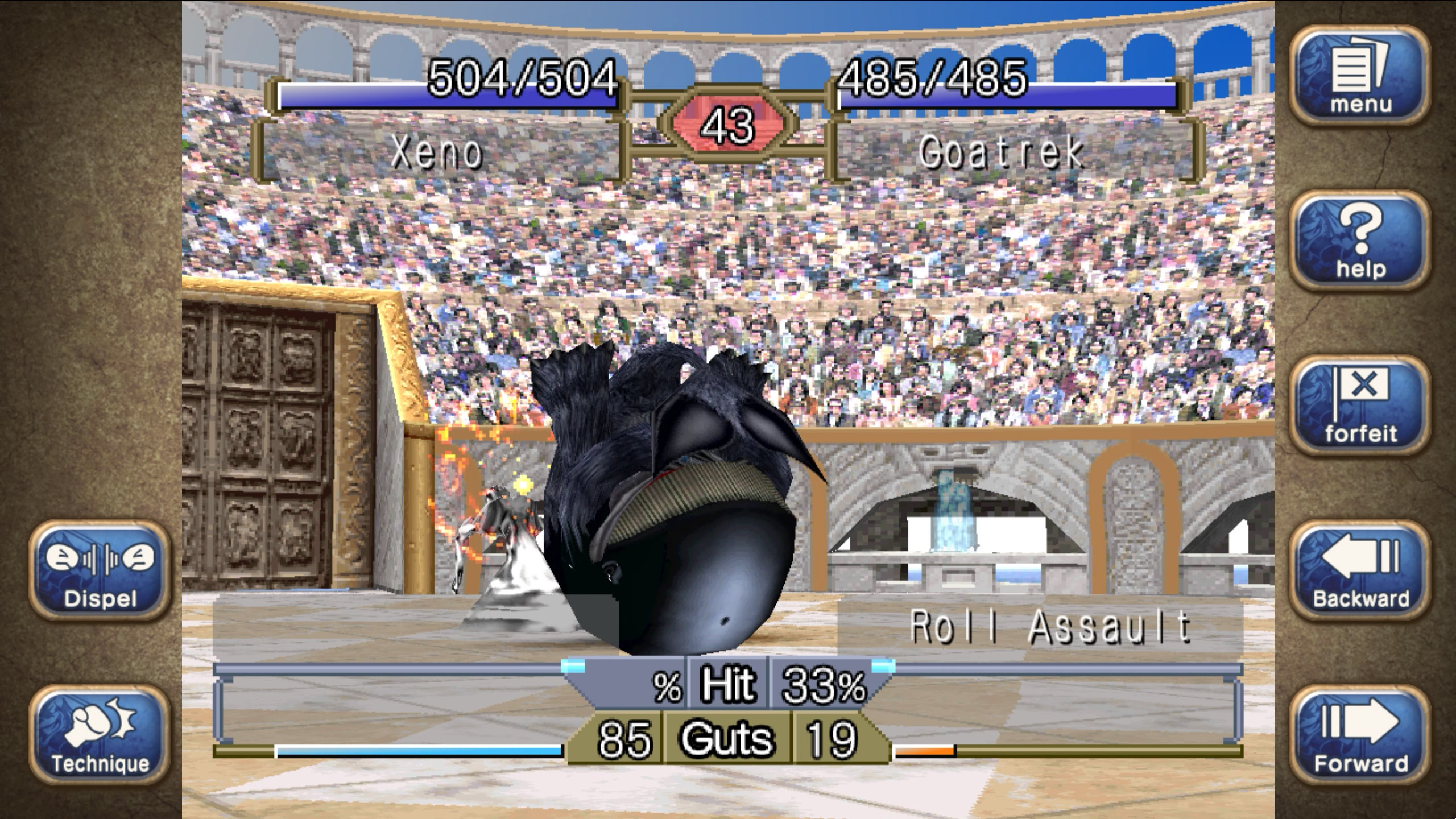
In conclusion, despite a few minor complaints with the execution of the PC port for the game, I had no trouble getting hooked on Monster Rancher 1 & 2 DX like I always do and ended up playing for hours on end.
The bug fixes and minor improvements to the overall experience are extremely welcome, and Monster Rancher 1 & 2 DX proves itself to be an excellent way to play the games on PC without needing to bother with the hassle of configuring emulators.
Monster Rancher 1 & 2 DX was reviewed on Windows PC using a copy provided by Koei Tecmo. You can find additional information about Niche Gamer’s review/ethics policy here.